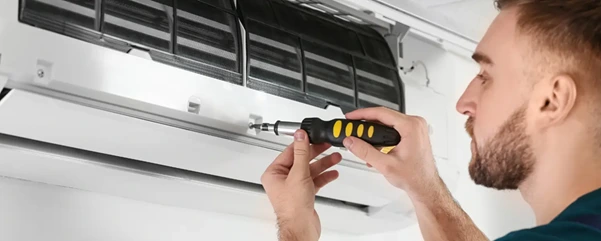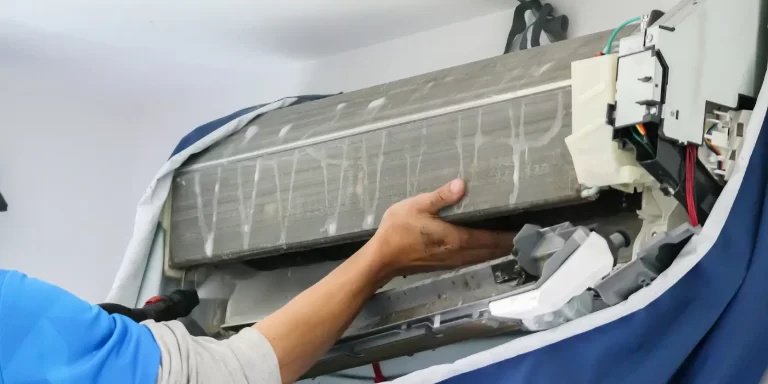Looking for a reliable Aircon Service? Get a Free Quote Today!
Introduction
Cooling a space in Singapore is more than chasing convenience. It’s a decision that touches electricity bills, comfort levels, and equipment lifespan. There’s a belief many carry that all aircon units work the same, just pick a brand and go with it. But the outcome, months down the line, depends far more on the fit between system and space than it does on price tag alone. In this city’s constant heat, air conditioning isn’t just optional anymore. And while the cheapest aircon installation Singapore can look appealing on paper, it becomes smart only when aligned with room size, energy use, and actual habits. What works for a studio may drain money in a larger home. The route to real savings is slower, often less obvious, but it lasts. This article focuses on helping you think beyond upfront cost and make long-term, informed choices.
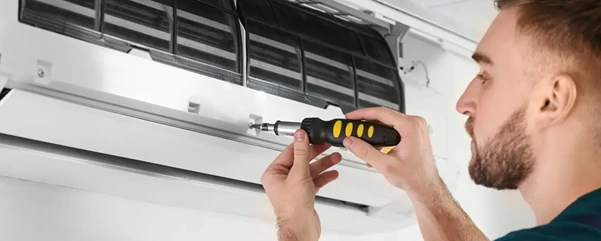
Compare Beyond the Quoted Price
Aircon systems are often sold through installers who may recommend specific brands. This is common, but the suggested unit may not always be the most cost-effective. It helps to cross-check the market before finalising anything. Be aware of the commissioned choices.
Some installers work closely with specific manufacturers. That’s not necessarily a red flag, but you should always ask why a certain brand or model is being pushed forward. A better fit for your room or usage habits could be just around the corner at a lower cost.
BTU Selection Based on Room Size
The BTU (British Thermal Unit) rating of a system decides its cooling strength. Rooms that are too large or too small for a given BTU lead to higher power use or poor performance.
Make Adjustments According to Space
Choosing the right BTU is not a guesswork exercise. Here are general recommendations:
- Bedrooms under 150 sq ft: 6,000 BTUs
- Medium spaces up to 350 sq ft: around 9,000 BTUs
- Larger rooms 500 sq ft and above: 12,000 to 15,000 BTUs
- Unit for kitchen: 4,000 BTUs
An oversized unit will cycle off too fast, leaving humidity behind. An undersized one keeps running without cooling well. This makes selecting the right capacity essential when planning a professional air conditioner installation.
Choose an Installation That Matches Usage
Air conditioners don’t all work equally. Some are designed for light use; others for regular, daily cooling. Aligning your unit’s efficiency with how often you switch it on can bring cost relief over time.
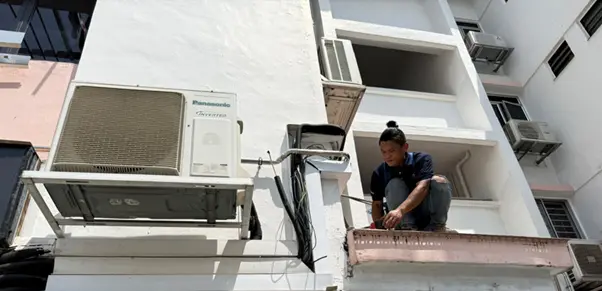
Efficiency Ratings Matter Over Time
All systems carry an Energy Efficiency Ratio (EER). In Singapore, the minimum legal EER is 10. Every point above this reduces energy consumption by around 10%.
For homes that cool every night, paying more upfront for higher EER can lead to monthly savings that outweigh the cost within a few years.
Optimise Use Through These Features
Today’s aircon models include multiple functions that can be adjusted to reduce power draw and improve comfort. Learning to use them well can impact your monthly bill.
Try Adjustments Like These:
- Raise the fan speed instead of lowering the temperature.
- Use automatic louvres to spread cool air evenly.
- Activate Dry Mode to reduce humidity for a cooler feel.
- Avoid always setting the lowest temperature possible.
- Let the unit reach temperature before adjusting settings.
Simple use patterns can support the idea of the cheapest aircon installation Singapore, not by buying cheap systems, but by reducing long-term usage costs.
Sound Levels Are Not Always Worth the Premium
Quieter units cost more. For a small room, low noise matters. But for larger spaces, the difference is less noticeable. It’s worth spending more only if the silent operation serves your comfort directly.
Warranty Plans and Where They Help
Air conditioners used every night wear out faster. Repairs aren’t cheap. A modest warranty extension for high-use bedroom units can save repair costs. On the other hand, units in less-used spaces might not need extra coverage.
Select the Installer With a Long View
Going after a professional air conditioner installation means more than looking at reputation. It involves checking how well the installer reads your space, placement, and needs. The fit between technician and system design often affects both cooling performance and long-term maintenance frequency. One such reliable option is k2laircon.sg, known for offering both value-focused solutions and professional air conditioner installation across Singapore.
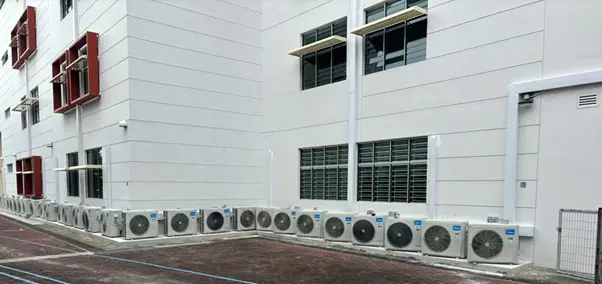
Monitor Power Plans That Support Your Usage
Electricity retailers offer plans based on time-of-day usage. Some include:
- Flat rate all-day pricing
- Discounts off regulated tariffs
- Cheaper rates during off-peak hours
The right plan depends on when you run your unit. For example, homes with night-only usage may benefit from peak/off-peak splits.
Spend Smarter With the Right Card
A system install costs thousands. Choosing a credit card that gives rebates or rewards on large purchases can soften that blow.
Points to Review:
- Cashback for appliance or home improvement purchases
- Miles or reward points that accumulate fast
- Card requirements like minimum spend and billing discipline
These don’t cut the price directly but stretch value out of the same spend; a helpful layer in building a smarter approach to the cheapest aircon installation Singapore.
Conclusion
Air conditioning in Singapore is not optional anymore, not with the climate pushing limits daily. What remains a choice, though, is how thoughtfully you make the decisions surrounding it. From the size of your space to the BTU rating, installer credibility, and even the payment method, every step holds weight. To see value in the long run, it’s not just about chasing the cheapest aircon installation Singapore, but aligning each detail to your daily reality. Getting a professional air conditioner installation means someone takes time to consider what your home needs, not just what it can afford. The cooling that follows isn’t just better, it’s more efficient, more stable, and less costly to maintain. That’s where real savings begin, not from cutting corners, but from connecting the right dots before turning the unit on.


